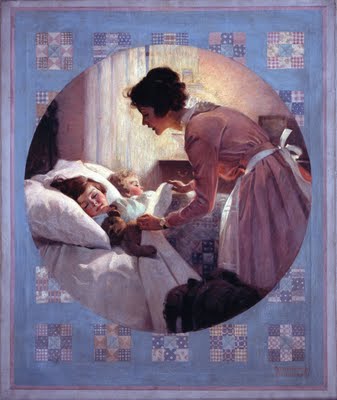 A Studio at Batignolles (also called Homage to Manet), 1870
A Studio at Batignolles (also called Homage to Manet), 1870
Les Batignolles was the district where Édouard Manet and many of the future Impressionists lived. Henri Fantin-Latour, a quiet observer of this period, has gathered around Manet, presented as the leader of the school, a number of young artists with innovative ideas: from left to right, we can recognise Otto Schölderer, a German painter who had come to France to get to know Gustave Courbet‘s followers, a sharp-faced Manet, sitting at his easel; Auguste Renoir, wearing a hat; Zacharie Astruc, a sculptor and journalist; Émile Zola, the spokesman of the new style of painting; Edmond Maître, a civil servant at the Town Hall; Frédéric Bazille, who was killed a few months later during the 1870 war, at the age of twenty-six; and lastly, Claude Monet.
Their attitudes are sober, their suits dark and their faces almost grave: Fantin-Latour wanted these young artists, who were greatly decried at the time, to be seen as serious, respectable figures. Only two accessories remind the spectator of the aesthetic choices of the new school: the statuette of Minerva bears witness to the respect due to the antique tradition; the Japanese style stoneware jar evokes the admiration of this entire generation of artists for Japanese art.
In this group portrait exhibited at the Salon of 1870, each man seems to be posing for posterity. The painting confirms the links between Fantin-Latour and the avant-garde of the time and Manet in particular. It echoes Zola’s opinion of Manet: “Around the painter so disparaged by the public has grown up a common front of painters and writers who claim him as a master”. In his diary, Edmond de Goncourt sneered at Manet, calling him “the man who bestows glory on bar room geniuses”.




































































